In the Gospel of St. John, Jesus warns his disciples that those who persecute him will likewise persecute those who believe in him (Jn. 15.20). The encouragement and consolation penned to the recipients of 1 Peter deem these prophetic words true. While the details of their adversity are unclear, 1 Peter addresses the Christian communities throughout Asia Minor suffering local abuse and revilement on account of Christ. The first few chapters of letter simply gush forth encouragement, affirming the faith and reminding readers of the hope they possess by their faith, climaxing in verses 1 Peter 2:4-10. In these verses the author gathers a host of images, allusions, and quotations to weave an intricate textual tapestry, rich with dynamic theological depth and gravity. Though there is so much to be said concerning these verses, I wish to draw attention to two points of theological significance.
No. 1: The Election of Christ
1 Peter 2:4-10 asserts the significance of divine election of Christ as the foundation for the security of believers and as well as the shame of the unbeliever. For by God’s sovereign design, the Son was chosen and sent for the salvation of mankind– as the prophets declared beforehand (1:10).
Our author writes:
For it stands in Scripture:
‘Behold, I am laying in Zion a stone,
a cornerstone chosen and precious,
and whoever believes in him will not
be put to shame.
So the honor is for you who believe, but for those who do not believe,
‘The stone that the builders rejected
has become the cornerstone,’
and
‘A stone of stumbling
and a rock of offense.’
They stumble because they disobey the word, as they were destined to do. (2:6-8)
Quoting from Isaiah and the Psalms, the writer identifies the “chosen and precious” cornerstone as the elect Son of God. In construction terms, the cornerstone is the foundational stone by which all the building stands or falls; it must be carefully selected as the entire structure depends upon the strength and stability of its foundation. Even the Greek word, translated here as “I am laying,” carries the connotation of special appointment, underscoring the theme of election. The passage asks us to consider Christ’s role as uniquely decisive. But our writer goes even further: The chosenness of Christ confronts us with a choice. Christ, the cornerstone, is divisive. The crux. Where the road splits. In the Gospel of St. Luke, Jesus proclaims:
Do you think that I have come to give peace on earth? No, I tell you, but rather division. For from now on in one house there will be five divided, three against two and two against three. They will be divided, father against son and son against father, mother against daughter and daughter against mother, mother-in-law against her daughter-in-law and daughter-in-law against mother-in-law. (Lk. 12:51-53)
Similarly in 1 Peter, the person of Christ provokes inevitable division: there are those who believe in him and those who reject him. There is no middle ground, no lingering on the fence. The individual’s belief or rejection is consequentially mirrored back upon them. Those who placed their confidence in Christ receive honor and those who spurned the Chosen Stone stumble to their shame.
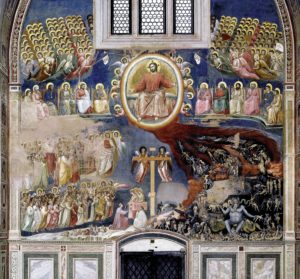
In reading these verses I am reminded of Giotto’s depiction of Christ in Last Judgment, a fresco painted upon the walls of the Cappella degli Scrovegni. Placed within the center of the painting, Christ is surrounded by his disciples with the ranks of angelic beings crowded upon them. At the feet of Christ sits the cross which cleanly divides the lower half of the painting into two parts. The saints, looking adoringly upon their Lord, are gathered to his right. To his left, the a bloody-red river of fire flows down to contain the reprobate souls, all depicted naked, enterally suffering the torments devised by the monstrous demons who dwell there. Positioned between the two companies of souls, the Savior gazes toward the saints which his hand outstretched, palm faced upward, as though presenting them with honor and distinction. But with regard to the damned, Christ averts his face away, his left hand turned out against them as though dismissing those who denied him. Through the composition of the fresco and posture of Christ, Giotto represents the reciprocation 1 Peter describes. Those who receive Christ in faith will be received. Those who reject Christ will suffer his rejection.
No. 2: Receiving the “Chosen” Name
Centuries of theologians have squabbled over the meaning of the closing verses of this passage in which the author, compounding allusions and echoes from Isaiah, Exodus and Hosea, speaks of the Christian identity in thoroughly Jewish terms:
But you are a chosen race, a royal priesthood, a holy nation, a people for his own possession, that you may proclaim the excellencies of him who call you out of darkness into his marvelous light. Once you were not a people, but now you are God’s people; once you had not received mercy, but now you have received mercy. (v.9-10)
These verses have challenged many to consider difficult theological questions concerning the relationship between Israel and the Church, and I don’t presume to resolve such interpretive issues. I hope, however, to offer a small observation to contribute to a sensitive and rigorous reading of these verses. Rather than reading this passage as a transferral of names from one community (Israel) to another (Christian believers), what if we were to read them as “names” belonging to Christians because they ultimately belong to Christ? As mentioned in the first part of this post, the election of Christ is central to the whole theology of the passage, all else hinges on this– why should it not bear upon our reading of vv.9-10?
The New Testament authors understood Christ as the fulfillment of the Old Testament. In Jesus, the requirements of the law were fulfilled, the promises of God brought to fruition. Where Israel was faithless, Christ was faithful. Even the holy remnant of Israel was not without sin, but Christ “committed no sin, neither was deceit found in his mouth” (2:22). Especially in light of the prophet Isaiah, many scholars, preachers, and readers of Scripture have come to understand Christ as the “true Israel.” To apply the language of 1 Peter, Jesus is God’s “chosen” servant, the “royal priest,” the “holy” one of God. With this in mind, the verses of 1 Peter seem more interested in extending the identity of Christ to those who believe in him rather than displacing Israel with a new community.
In receiving this new identity as “chosen and precious” through faith in the one whom the Father elected in his sovereignty and love, the Christian readers receive consolation in their sufferings and hope to endure with faithfulness. Though they are at present time exiles and sojourners, they possess a “living hope” (1:3) founded upon Christ, the “living stone,” elected from eternity for the salvation of men.

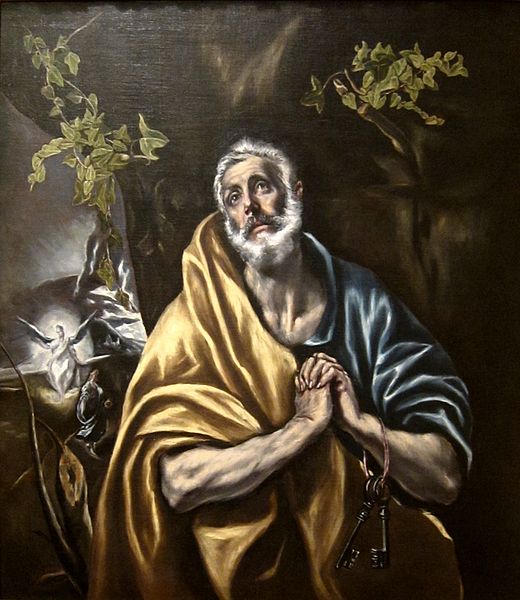
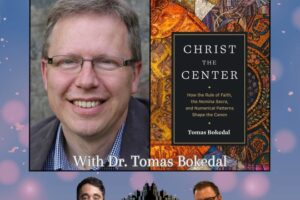
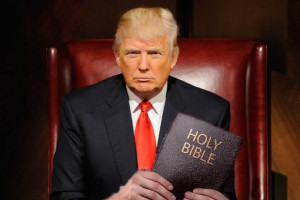
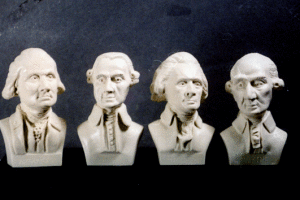
Leave a Reply
Your email is safe with us.